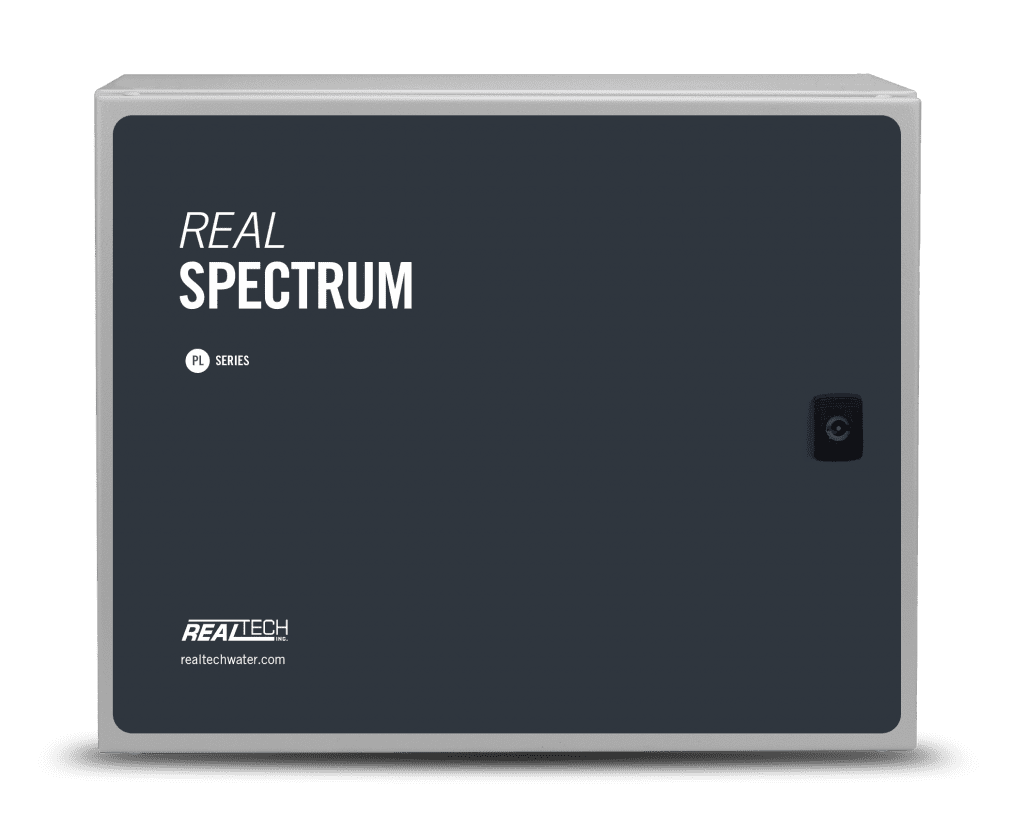A contaminant alarm is a custom alert that detects the presence of a contaminant of concern when a threshold concentration is reached or exceeded in a water sample.
HOW ARE THEY USED?
Contaminant alarms are important to identify the presence of certain contaminants or events that would otherwise go unnoticed with traditional monitoring systems. Since various compounds have distinct absorption properties in the UV-VIS spectrum, spectral sensors provide a unique ability to identify specific compounds or events while isolating the background interferences.
HOW IS THE CONTAMINANT MEASURED?
Contaminant alarms are monitored using UV-VIS technology. If the contaminant is known, spectral analysis is used to capture the signature of the contaminant as well as the background to isolate interference. A calibration can be formed between laboratory concentration data and spectral absorbance data from the particular water source. The sensor can then be programmed to alarm at a concentration threshold for the specific site or location.
If the contaminant or compounds are unknown, spectral analysis can be used for event monitoring. Real-time spectral absorbance measurements are used to learn the water and establish a baseline or “norm” of the specific water source. An event is triggered when a significant deviation occurs from the established/learnt baseline. The model built is continually enhanced and updated to incorporate any changes or new influences to the baseline to limit the probability of false alarms.
Real-time contaminant alarms in water or wastewater.

